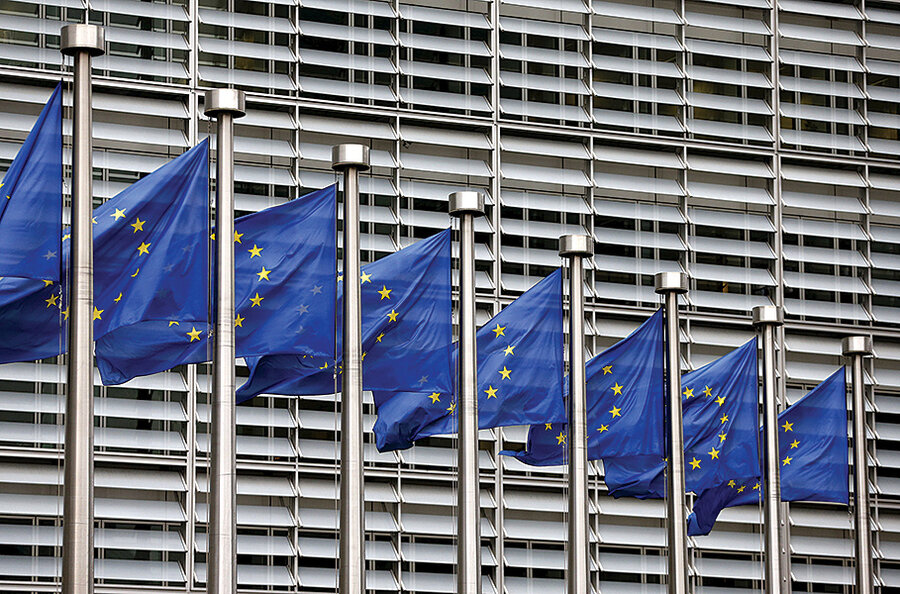Europe's great rethinking
Loading...
Hours after Julius Caesar was assassinated, Cicero called for Romans to forget the recent unpleasantness. Europe’s conflicts and revolutions since then – from the days of Charlemagne and Cromwell to the convulsions of the 20th century – usually concluded in the same way, with victors urging everyone to please move along. Europe, historian Timothy Garton Ash points out in his recent book, “Free Speech: Ten Principles for a Connected World,” has a penchant for forgetting.
What’s unique and hopeful about postwar Europe, however, is that it committed to break that cycle, to honestly face its past, and to build a peaceful and relatively united Continent. The goal was not to ignore the tug of national grudges and ambitions and the awful cost they had exacted but to create a system that transcended them by making the whole of Europe more attractive than its national parts.
Central to Europe’s postwar journey has been integration – a common market, a common currency, and a borderless continent not unlike the United States, with a US-style distributed-power government that ensured national interests and citizen interests were represented. There were skeptics from the beginning. Continuing a tradition of being part of Europe but apart from it, Britons were the most wary. Margaret Thatcher, speaking at the College of Europe in Belgium in 1988, declared that she favored the European project but questioned efforts to “suppress nationhood and concentrate power at the center of a European conglomerate.”
Suppressing nationhood has been the European Union’s biggest problem. Europe’s nations have deep roots (much deeper than those of American states) with distinct languages, customs, and economies. And EU architects became perhaps too hasty in their desire to build a greater Europe. Europhiles celebrated the 1992 Maastricht Treaty, which, as Mrs. Thatcher predicted, concentrated power in Brussels and established a bureaucracy that EU citizens had little love for. Maastricht also established the euro as a common currency and opened the door to membership for the newly free nations of Eastern Europe.
Two decades of expansion and integration followed. The Berlin Wall fell. Europe became “whole and free,” as President George H.W. Bush declared in 1989.
Then came the 2008 financial crisis, the collapse of the euro, challenges by Russia in Eastern Europe, and the current backlash over refugees and migrants. Now disillusionment over lost sovereignty has transformed euroskepticism into widespread questioning of what the EU should be, or if it should be. “Brexit,” the rise of nationalist parties, and unease about fading national identity – this is where Sara Miller Llana’s cover story (click here) picks up.
The EU, in one shape or form, probably will survive. Europeans are not likely at this point to forget why they wanted to transcend their fractious past. But the flow of history seems away from an ever-larger, more centralized, more homogenized union and toward a looser, more cautious confederation. Europe is rethinking itself. That it can do so in a peaceful, democratic manner is itself a historic achievement.






